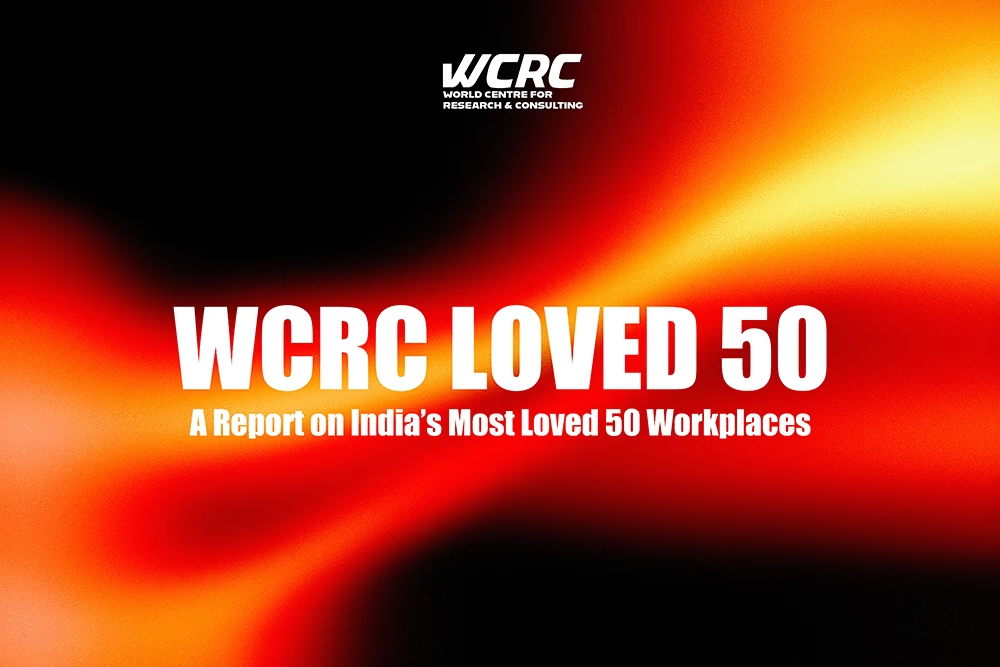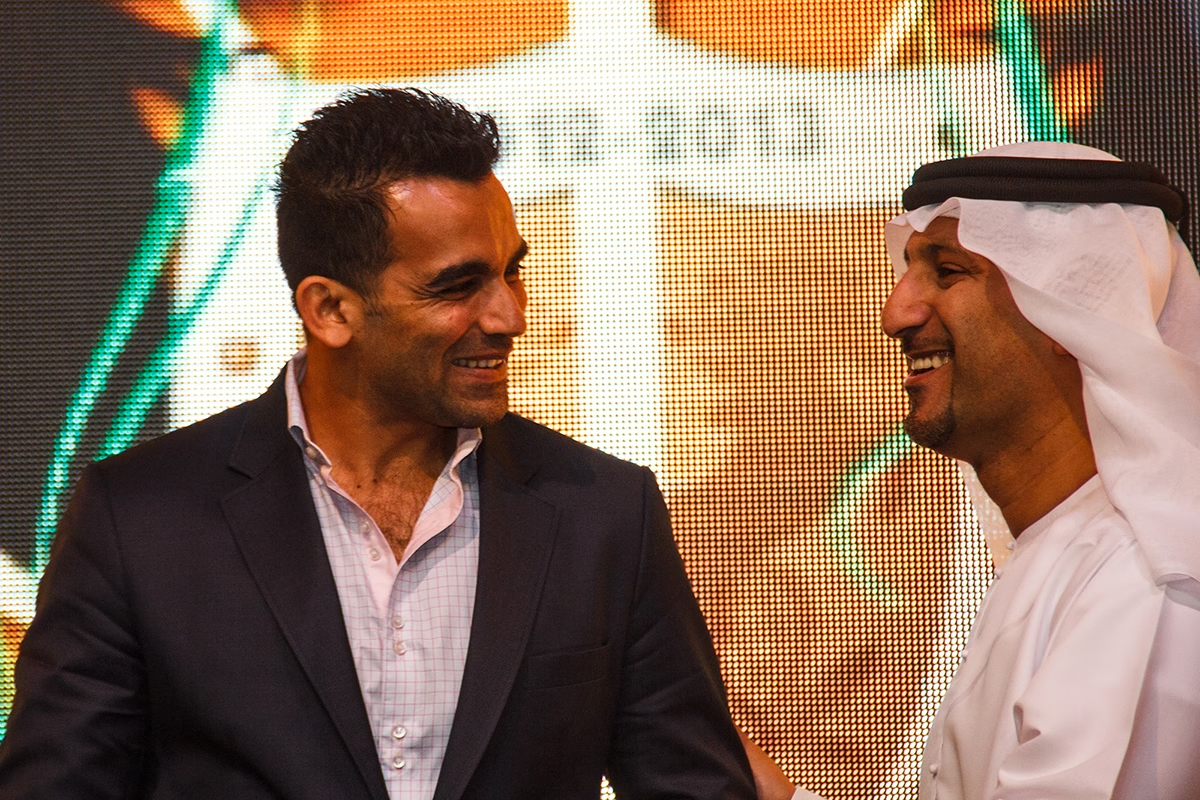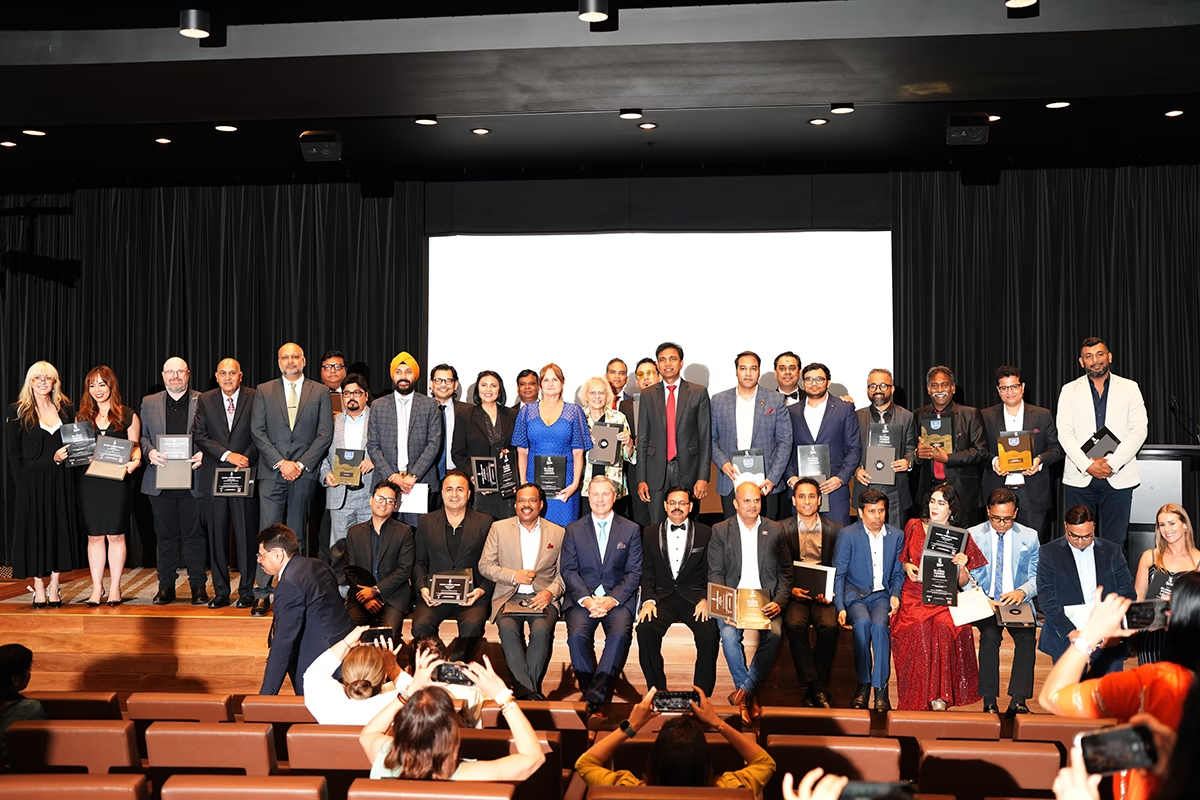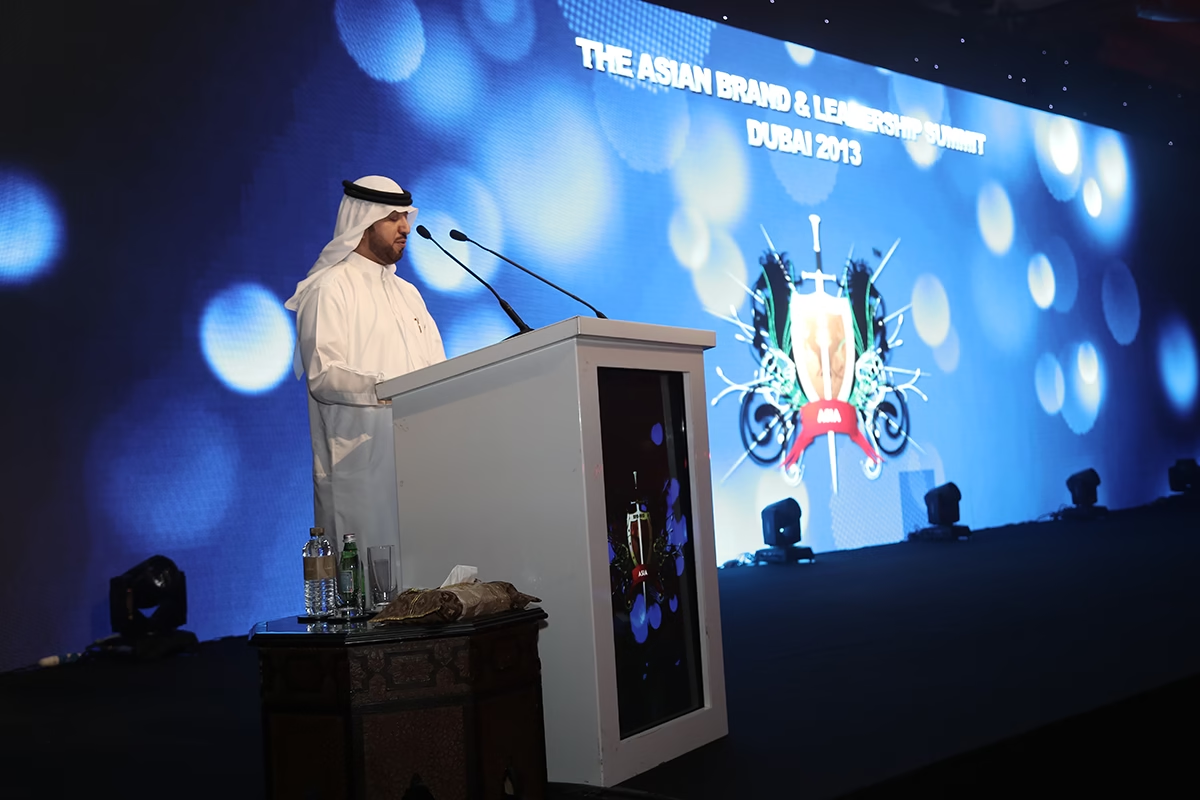 THE Mapúa Institute of Technology (MIT) was founded by Don Tomas Mapúa, the first registered Filipino architect, on January 25, 1925, with the vision of it becoming an educational institution that would help improve the country’s economy and the quality of life of its citizens through emphasis on science and technology.
THE Mapúa Institute of Technology (MIT) was founded by Don Tomas Mapúa, the first registered Filipino architect, on January 25, 1925, with the vision of it becoming an educational institution that would help improve the country’s economy and the quality of life of its citizens through emphasis on science and technology.
BLAZE TO BRILLIANCE
Over the last nine decades, MIT has grown to be the Philippines’ biggest engineering school. It produces around 16 per cent of the total graduates in Chemical (ChE), Civil (CE), Computer (CpE), Electrical (EE), Electronics (ECE), Environmental and Sanitary (EnSE), Industrial (IE), and Mechanical Engineering (ME) programmes of the top 10 engineering schools in the country as per the Commission on Higher Education’s (CHED) 2010 enrolment data.
In 2010-11, MIT crossed another milestone when ABET Inc. granted its first accreditation seal in entire East Asia to its eight engineering programmes and two computing programmes (B.S. Computer Science and B.S. Information Technology), putting it ahead of the rest of educational institutions in the country.
FAITH FACTOR
For demonstrating high standards in classroom instruction, research, and extension service, CHED declared the Institute as National Centre of Development for CE, CpE, CS (Computer Science), EE, ECE, IE, IT, and ME programmes.
Industry partnerships have also been given more focus in the recent years by the institute. Currently, it has tie-ups with hundreds of local and international educational institutions, organisations and companies for its faculty development, collaborative researches and student internships.
ENGAGEMENT THAT ENTHRALS
Alongside its pursuit of academic excellence, MIT also endeavours to be part of the solution to the global issue of climate change. MIT has long been an advocate of environment conservation and engineering for the environment, beginning with the opening of its B.S. Environmental and Sanitary Engineering (EnSE) programme in 1958, followed by the opening of its Master of Science in Environmental Engineering programme in 2001 and Ph.D. in Environmental Engineering programme in 2004.
EnSE’s curriculum currently includes 17 three-unit courses related to protection and conservation of and engineering for the environment. Furthermore, the institute has also included environmental engineering and environmental science courses in all of its engineering and non-engineering programmes respectively.
INNOVEDGE
MIT included in its 2010-2020 initiatives the reduction of its carbon footprint. To initiate an institutional effort of carbon footprint reduction (CFR), the Institute formed a core group to compute the institute’s total carbon footprint.
MIT has moved to replace all of its lamps with more energyefficient ones and is mulling to replace its air-conditioning units.
BRAND PROMISE
Apart from its internal efforts, MIT also has extension services dedicated to address environmental concerns through education. Under its Social Orientation and Community Involvement Programme (SOCIP), the institute has conducted seminars on recycling, energy conservation and use of renewable energy.
Power Facts
The Mapúa Institute of Technology (MIT) was founded by Don Tomas Mapúa, the first registered Filipino architect, on January 25, 1925
It has tie-ups with hundreds of local and international educational institutions, organisations and companies for its faculty development, collaborative researches and student internships
EnSE’s curriculum currently includes 17 three-unit courses related to protection and conservation of and engineering for the environment
PROMISE BECAN
MIT included in its 2010-2020 initiatives the reduction of its carbon footprint.
Tie-ups with hundreds of local and international educational institutions, organisations and companies for its faculty development













